
If you’ve flown commercially recently then you know that airlines LOVE to charge fees. It seems like there’s an extra cost for pretty much everything these days. All those fees can get pretty annoying, so I thought it might be fun to turn the tables and talk about fees that airlines have to PAY. Specifically, airport fees.
Before I jump in, however, there are a few disclaimers. This is not meant to be a comprehensive list of all airport fees. Additionally, every airport is different so the types of fees vary, as do the rates.
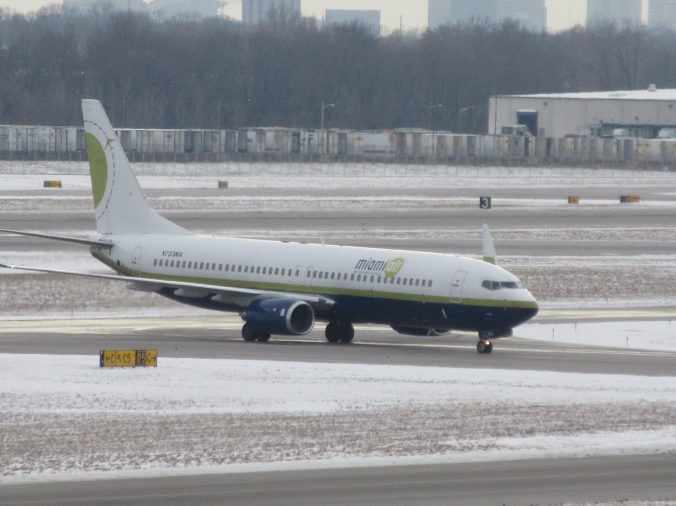
Hahaha! Look who I finally caught! Nice to see ya, Miami Air! Your invoice is in the mail.
How does my airport decide how much to charge? The rates are set based on how much it costs to operate the airport. We track our expenses and use a formula to translate those amounts into rates. Signatory airlines (passenger airlines who have signed a lease agreement or cargo airlines who have committed to a specific number of weekly flights) get a discount on most fees. We actually sit down with representatives from our signatory airlines every fall to go over our budget and the rates for the next year.
Rent
Rent is charged per square foot for ticket counters, gate space, hold rooms, baggage areas, the apron, etc. The typical lease is for a term of three years. Rates vary depending on the area. Ticketing counter space is the most expensive at $103/sq ft. Baggage claim is less at $82/sq fr. A big airline with many gates and lots of space can expect to pay $400,000/month in rent. A small airline with a single gate could pay closer to $90,000/month.
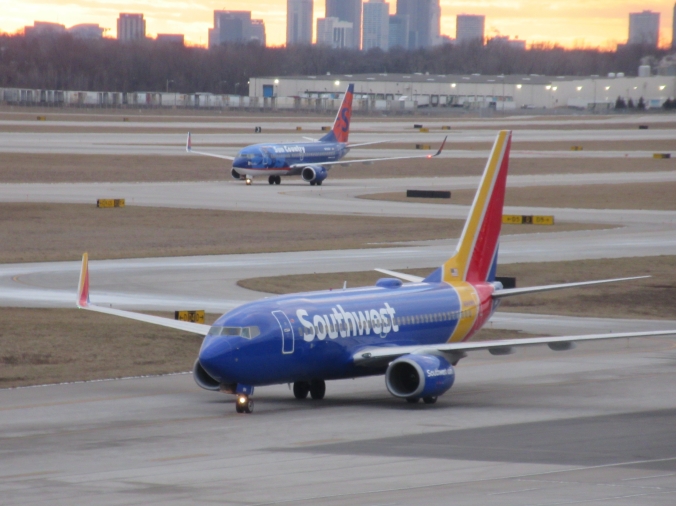
One signatory, one not.
Gate Use Fees
Hey wait… didn’t I just just say that airlines rent gate space? Yes, I did. However, they don’t always rent enough space. Things like additional flights, new destinations or even diversions could mean that there are times when an extra gate or two are needed. In that case airlines will use unleased gates and we will charge them for it. Of course, non-signatory airlines don’t rent space so they will always have to pay gate use fees. We charge signatory arlines around $350/turn for an extra gate. Non signatory airlines pay closer to $600/turn.
Terminal Use Fees
The cost of maintaining the terminal is already wrapped up into the lease fees for signatory airlines. Non-signatory airlines, however, have to pay terminal use fees. These are calculated per enplaned passenger. We are currently charging just over $7 so a departing flight with 150 passengers will pay around $1050.00.
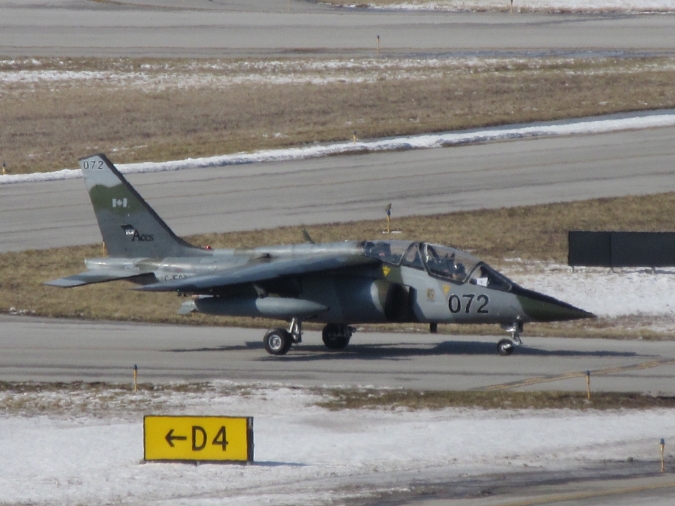
Um… yeah, no fees for you.
Landing Fees (my favorite!)
Landing fees are charged per 1000 lbs of max gross landing weight (MGLW). We see A LOT of E175s at my airport, each of which which has an approximate MGLW of 75,000 lbs. That’s $237.75 per landing for a signatory airline and $356.25 non-signatory. It will cost you $462.82 to land your Boeing 738 ($693.50 non-sig). And a Boeing 757 costs around $627.66 ($940.50 non-sig).
CPE
Add up all the fees charged by an airport and divide that amount by the number of enplaned passengers and you get a figure called the Cost Per Enplaned Passenger, or CPE. This is essentially what it costs an airline to do business at that airport. In 2016 the CPE at JFK was $25.45. For the same year the CPE at SEA was $10.10. For my airport it was around $7.20. CPE doesn’t necessarily tell the whole story about the cost of operating at a particular airport, but it can be a useful point of comparison.
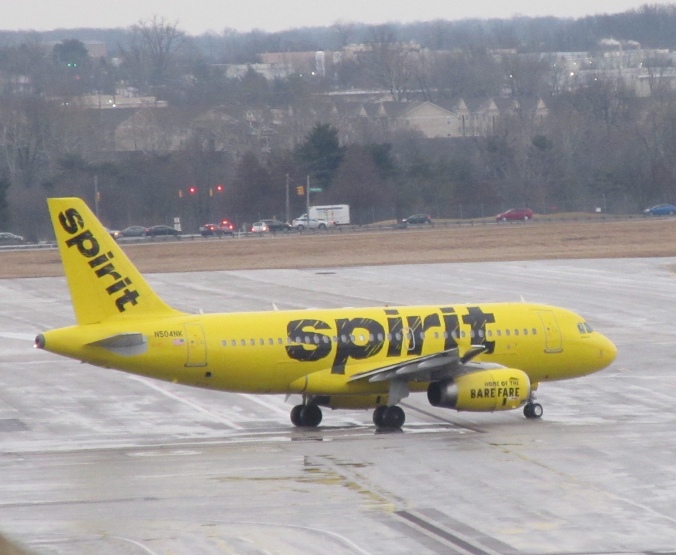
FBO Charges
At most airports the FBOs are run separately by independant companies. However, at our cargo airport the FBO is run by the airport itself. That means I get to send out FBO invoices in addition to all those landing fees. Cargo airlines can expect to pay around $3200 for ground handling. A passenger flight would pay around $1700. Need an air start? That’ll be $150. Want to use our belt loader? That’s $70/hour. Need your lav serviced? It’s a bargain at $125/hook-up.
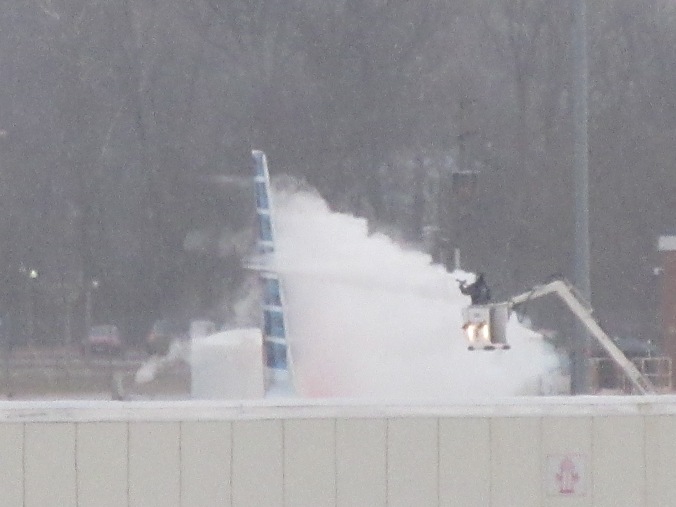
Deice
Deice costs $15/gallon for type I fluid and $21/gallon for type IV fluid (which includes application). The amount of deicing fluid needed varies a lot depending on the weather conditions and the size of the airplane. Knocking light frost off a Mad Dog can take around 50 gallons and cost $750. On a snowy day deicing an Airbus A320 could require 150 gallons of type I ($2,250) and another 60 of type IV ($1,260). (Want to know more about deicing? Check out this great piece by AeroSavvy!)
Hooray for GA!
What about GA aircraft? Well there are FBO fees, of course, but the airport itself charges a grand total of… nothing! No gate fees, no terminal fees, no landing fees. But if you’d like to get an invoice from me, we’ve got some lovely hangars available for rent. Just let me know and I’ll be happy to set you up!
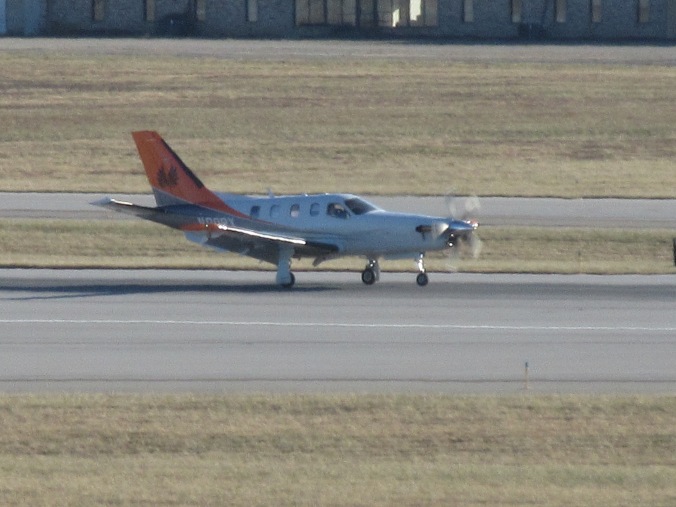
Very informative! Thanks!
LikeLike
Thanks for reading, Chris!
LikeLike
I’m used to seeing all the fees charged by FBOs to light GA, charter, and corporate operators, so it was interesting to compare that to what the airlines pay. In a way they’re strikingly similar. It would be interesting to do a post on what it costs an FBO itself to operate! Most of them pay a wide variety of charges and fees to the airport authority, county, and/or city.
One thing I don’t understand is the apparent disconnect between CPE and ticket prices. If the CPE in New York is 3.5x what it is at your airport, why is the cost of an airline ticket from an equidistant location not commensurately higher? I’ve found that flights into New York can actually be LESS expensive.
Just out of curiosity, how many invoices do you process in a given week?
LikeLiked by 1 person
Thanks for reading, Ron! I think there are a lot of factors that go into airline ticket prices. If the airport is a hub then that might make it more cost effective, even if the CPE is higher. And there may be incentives at play that we don’t know about. For example, we have something like a profit sharing program that gives money back to the airlines based on passenger growth. As for the FBO, I may gain some more insight into that later this year – will definitely let you know! Not sure the number of invoices – will find out and get back to you!
LikeLiked by 2 people
Another interesting article. Thanks!
LikeLike
Thanks for reading, Kathleen!
LikeLike
Nice one, Jennifer – AND, ending it with a nice TBM picture. My day is made!
LikeLike
Thanks so much for reading, Derek!
LikeLike
Great article and quite eye opening about the tight margins LCCs must operate to!
LikeLike
Thanks for reading, Jez!
LikeLike
I finally got to read this article and it is GOOD! Very informative and spelled out clearly. I knew some of what your talked about but learned more about how you figure the charges. I’m just curious, when I was working Operations at my airline there years ago, we often had a lot of diversions especially when our nearby hub went down due to bad weather. We would suddenly have both of our gates full, then I was on the phone to the original Republic Airlines asking if we could use their gate and if so we’d put 1 there. Then more inbound flights and I’d be on the phone to Eastern asking to use 1, 2 or all 3 parking spaces at their gate, plus I’d have a commuter around the back side at the TWA gate. We didn’t go through the airport to use the gates we dealt with each airline individually. Would you get any revenue off us using those 1,,2,3 or 4 gates plus the commuter on the TWA gate. These were all mainline aircraft using the 4 gates and a commuter on the TWA gate. A few times we even had to use the east ramp. Would you get revenue from us parking diversions on the east ramp? I know I never reported anything to the airport management at that time.
LikeLiked by 1 person
Thanks so much for reading, Jet! This is just a guess based on what you’ve told me, but if you were borrowing leased gates from other airlines then that would have been between your airline and the other airlines. The airport would only have charged you if you used an unleased gate. Again, just a guess but it would make the most sense.
LikeLiked by 1 person
I was explaining to my friends airports charge fees but I did not know the variety of costs. Thanks for sharing your information; very good article in my opinion.
LikeLike
With this article in mind you should consider doing som freelance work for the news industry. Seriously, clear, concise and funny. Many thanks form boring Denmark!
LikeLike
Awww – thank you so much!
LikeLike